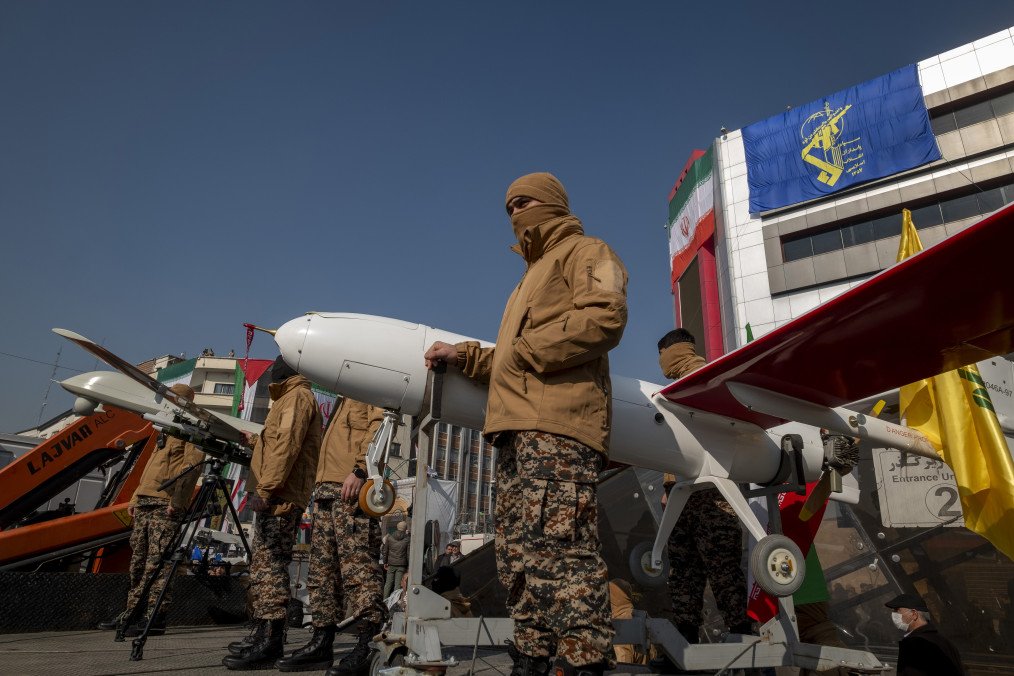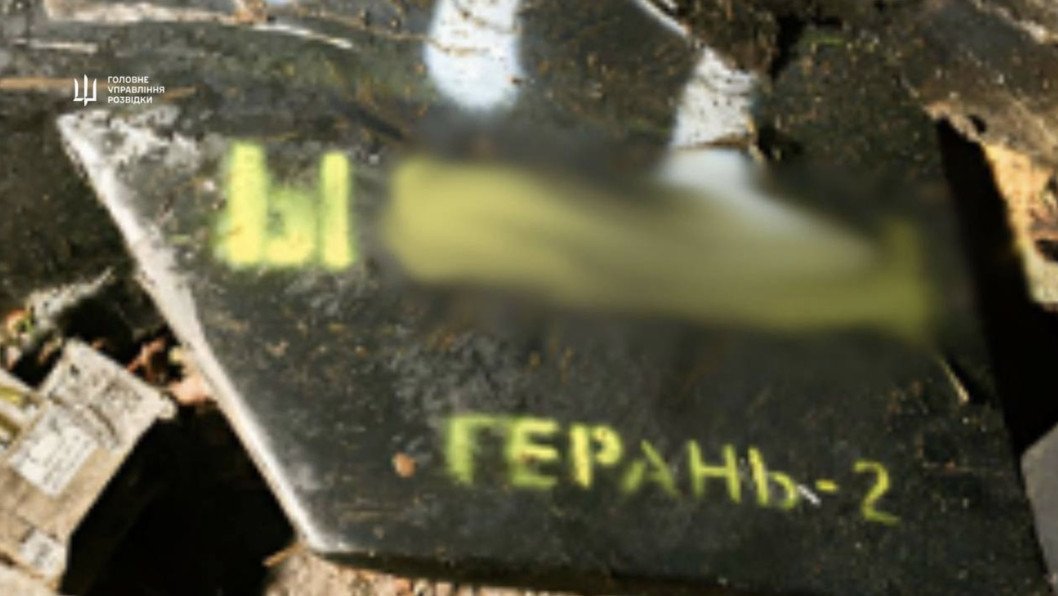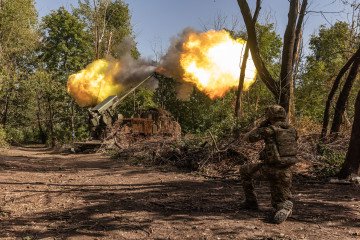- Category
- Latest news
How Russia Built a Drone Empire Using Iranian Tech and UAE Gold to Target Ukraine

A new report titled War Machine released on May 29 by US-based research group C4ADS reveals how Russia’s collaboration with Iran on drone manufacturing has significantly boosted Moscow’s military capabilities, particularly in its war against Ukraine, while exposing methods used to bypass international sanctions.
Since 2022, the Russia-Iran partnership has evolved from drone imports to large-scale domestic production in Russia’s Alabuga Special Economic Zone. Using Iranian technology and designs, Russian developers have localized production of the Shahed-136—known in Russia as the Geran-2—and have begun producing a more advanced, jet-powered variant, the Geran-3.
“Russia has managed to adapt rapidly,” said Omar Al-Ghusbi, the report’s lead author. “What began as a simple import relationship is now a broad manufacturing ecosystem that not only sustains drone production but allows for innovation.”

The report underscores the direct consequences for Ukraine, which has faced escalating drone attacks throughout 2024. Ukrainian President Volodymyr Zelenskyy recently stated that Russia is now capable of producing up to 300–350 long-range drones per day, significantly outpacing Ukraine’s production capacity of approximately 100 drones daily.
“These drones are faster, more destructive, and harder to intercept,” said a Ukrainian defense official quoted anonymously in the report. “They’re being launched in waves, sometimes hundreds in a single night. This is no longer sporadic harassment—it’s systematic pressure on our infrastructure and defenses.”
An analysis by Dragonfly Intelligence shows that the number of drones per attack on Kyiv has steadily increased—from around 60 daily between August 2023 and January 2024 to over 110 per day in recent months. The Shahed-type drones are designed to fly hundreds of miles and crash into their targets, delivering nearly 118 pounds (over 50 kg) of explosives.
According to Ukrainian intelligence sources, the Geran-3, now in development at Alabuga, is faster and flies at higher altitudes, posing a greater challenge for mobile air defense teams.
“Russian drones now often operate above the altitude ceiling of our mobile units,” the Ukrainian official added.

The C4ADS report also reveals a covert network of financial arrangements to support this cooperation, including gold transfers and intermediary banking channels in the United Arab Emirates.
Documents indicate that one transaction involved $104 million worth of gold ingots, delivered by Russia to Sahara Thunder, the Iranian firm central to the drone deal.
“By using gold, the parties avoided using the US dollar, which could be in short supply or subject to enforcement action by the US Department of the Treasury,” the report said. “The transfer of gold also provides additional anonymity as it circumvents traditional financial systems while leaving a limited digital footprint.”
In April 2024, the US sanctioned Sahara Thunder for facilitating drone transfers and acting as a front for Iran’s military. Months later, Iranian corporate records show the company began liquidation proceedings, possibly to re-emerge under a new name.
The report concludes that the partnership illustrates the limitations of existing sanctions frameworks.
“The Russia-Iran drone partnership highlights how determined state actors can adapt and evolve to sustain their military-industrial ambitions,” it states. “Only by understanding and adapting to these tactics can global stakeholders disrupt similar entities.”
Previously, it was reported that a Russian engineer appears to have secretly tipped off Ukraine about a breakthrough in Russian drone warfare—one that could upend air defense strategy.




-72b63a4e0c8c475ad81fe3eed3f63729.jpeg)



-111f0e5095e02c02446ffed57bfb0ab1.jpeg)